Market Insight Volvo 200 Series
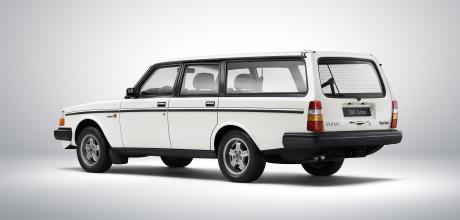
Good news if you already own a Volvo 240 or 260, but bad news if you're hoping to buy one. That's because values of these boxiest of classics have been increasing steadily over the past few years, to the point that they've proved to be a tidy investment for anybody who got in on the action a little while ago.
MARKET INSIGHT Volvo 200 Series
Kevin Price is the man with his finger on the pulse; he founded the Volvo Enthusiasts' Club (volvoenthusiastsclub.co.uk) back in 1989, and he's an authority on pretty much everything that this Swedish company has made, because he's owned (and in many cases still owns) at least one of just about everything in its back catalogue. That includes a couple of 240 estates, one of which is available through the Classic Car Loan Project.

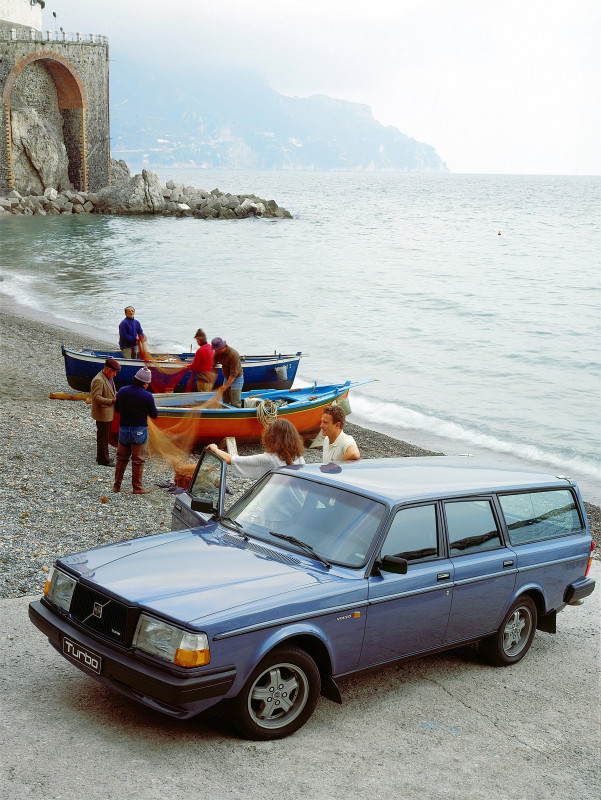
We were going to include the 140 and 160 series in this Market Insight, but there are so few of them left, and they come up for sale so infrequently, that featuring them seemed somewhat academic. Even the 240 isn't as plentiful as you might think; a quick check on Car & Classic revealed just 18 examples for sale across Europe, all but two of which were in the UK. Prices ranged from £800 for a 1988 240 estate project, to £11,995 for a 50,000-mile 240 GL estate that was being sold by a dealer. We couldn't find a single 260 for sale anywhere.
Built between 1974 and 1993, it's easy to forget the earliest 240s and 260s are approaching half a century old, and unsurprisingly there aren't many of them left. Anything that you find is much more likely to be from the latter years of production, with estates much rarer than saloons.
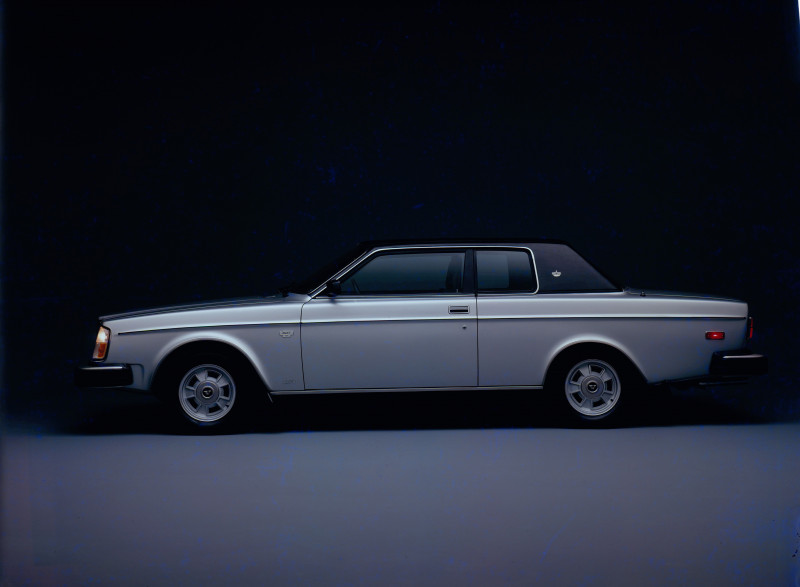
Kevin comments: «Seventies cars are really unusual, with most survivors being from the eighties and nineties. There are hardly any six-cylinder cars left, because the PRV engine (the result of a collaboration between Peugeot, Renault and Volvo, hence the name) wasn't very reliable. Whereas the four-cylinder engines will happily rack up well over up 200,000 miles, the PRV unit would be doing well to manage half this.»
The different model names can be confusing, but it’s actually very straightforward. The first number denotes the model series, the second is the number of cylinders and the third is the number of doors. So a 242 is a 240 Series four-cylinder saloon with two doors; the 245 is an equivalent estate. Similarly, the 264 has a six-cylinder engine and four doors. UK buyers were denied two-door saloons, but they were offered overseas, and recently a few 242 GTs have been imported from Australia. But imports are pretty much unknown otherwise, because there are enough good cars to go round, although more and more of these Volvos are being restored.
Kevin continues: «Despite Volvo's reputation for durability, early 240s rusted from new because they were stored outside during the production process, thanks to labour disputes. It also didn't help that there were no inner wing protectors on early cars. There are plenty of 240 DLs about; that's the base model that initially had a four-speed gearbox, although a five-speed transmission was fitted from 1983. Quite a few cars featured a three-speed automatic transmission and there's a following for these. The automatic gearbox isn't especially sharp, but it suits the Volvo's laid-back nature.»
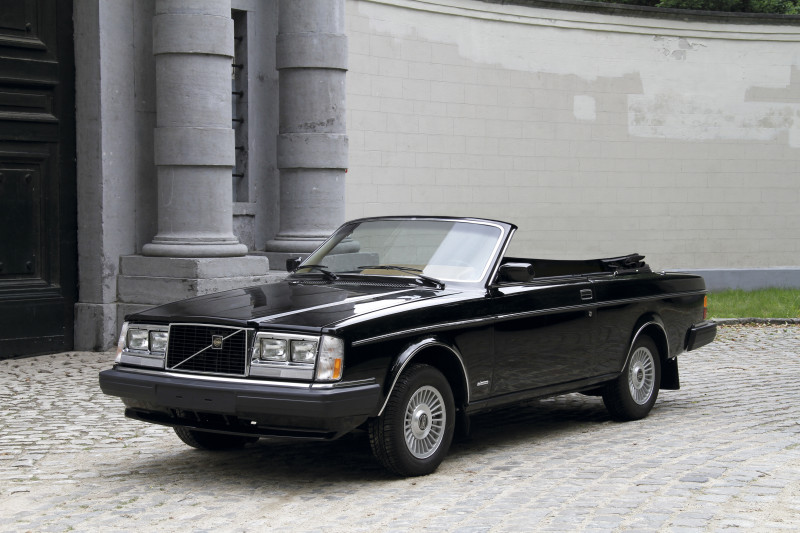
Projects start at under £1000, and these can be revived economically if you can do most of the work yourself. However, if you come across a 240 GLT that needs to be saved you can pay as much as £2000 for it. Significant corrosion is what turns a 240 or 260 project into a breaker, but most bits are available to bring one of these cars back from the dead.
Structurally, much is shared with the 140 and there are lots of those in Europe, so high-quality repair panels are readily available at sensible prices.
When the 240 and 260 were current the autos would have dominated, but there's more of an even split now, between manuals and autos. Which transmission is fitted makes no difference to the value, which is largely down to the condition. The spec does make a difference though; estates fetch a premium and a range-topping GLT or mid-range GLE will always be worth more than an entry-level DL or GL.
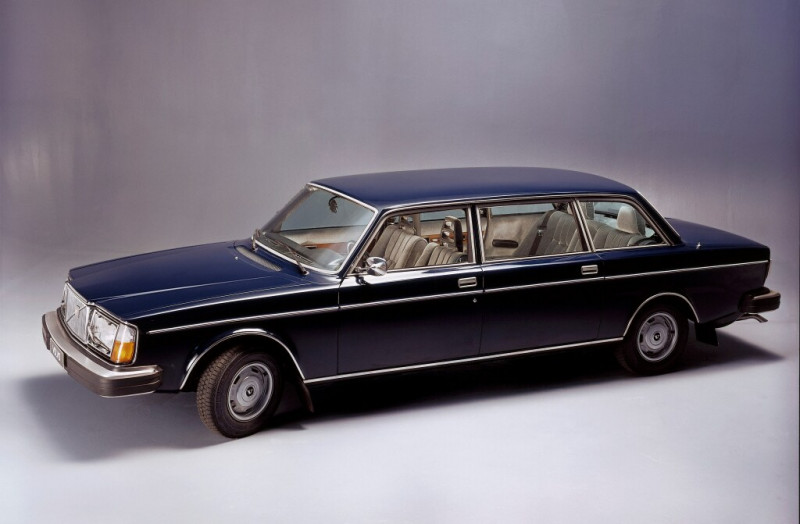
Kevin adds: «If you want to secure a decent 240 saloon you should expect to spend between £2000 and £3000, with estates worth a bit more. However, if you're lucky enough to find a really superb low-mileage estate you can pay up to £8000 for it, although some dealers will ask more. As something of a cult car I think that values will continue to rise, not least of all because these Volvos are just so usable.»
While fuel consumption with these cars is quite heavy, a late 240 is still capable of providing comfortable and reliable everyday family transport. Just ask this magazine's art director, whose only means of transport is a 240 SE – a car that looks achingly cool in a sea of aggressively styled SUVs and hatchbacks, and which has so far proved to be a better buy than any of them.
200 SERIES TIMELINE
- 1966: The 142 and 144 are launched in Sweden, to sell alongside the Amazon.
- 1974: The 144 and 145 are killed off in July; a month later the 164 dies too. Taking their place are the 240 and 260 Series. Whereas the 240 has a 2127cc or 2315cc four-cylinder engine, the 260 is powered by a 2.7-litre 'PRV' V6 unit.
- 1977: A facelift brings a new grille and redesigned seats.
- 1978: The 264TE is introduced with a longer wheelbase and three rows of seats.
- 1979: The 262 coupé debuts; few are sold.
- 1983: The range is revised with the 240 DL getting a
- 1986cc engine, the GL gets the 2127cc unit, the GLE and GLT are 2316cc estates, while the 260 GLE gets a 2849cc V6 powerplant.
- 1985: The 260 is discontinued, leaving four-cylinder cars only, from here on. The base model has a 1986cc engine; posher editions have a 2316cc unit. An Aisin-Warner automatic gearbox with overdrive is now an option.
- 1989: A catalytic converter is now a no-cost option. The GL and GLT estates get self-levelling rear suspension.
- 1992: The run-out limited edition 240 Torslanda arrives, with a 1986cc engine. It's available in estate form only.
- 1993: The last 240s are built.

